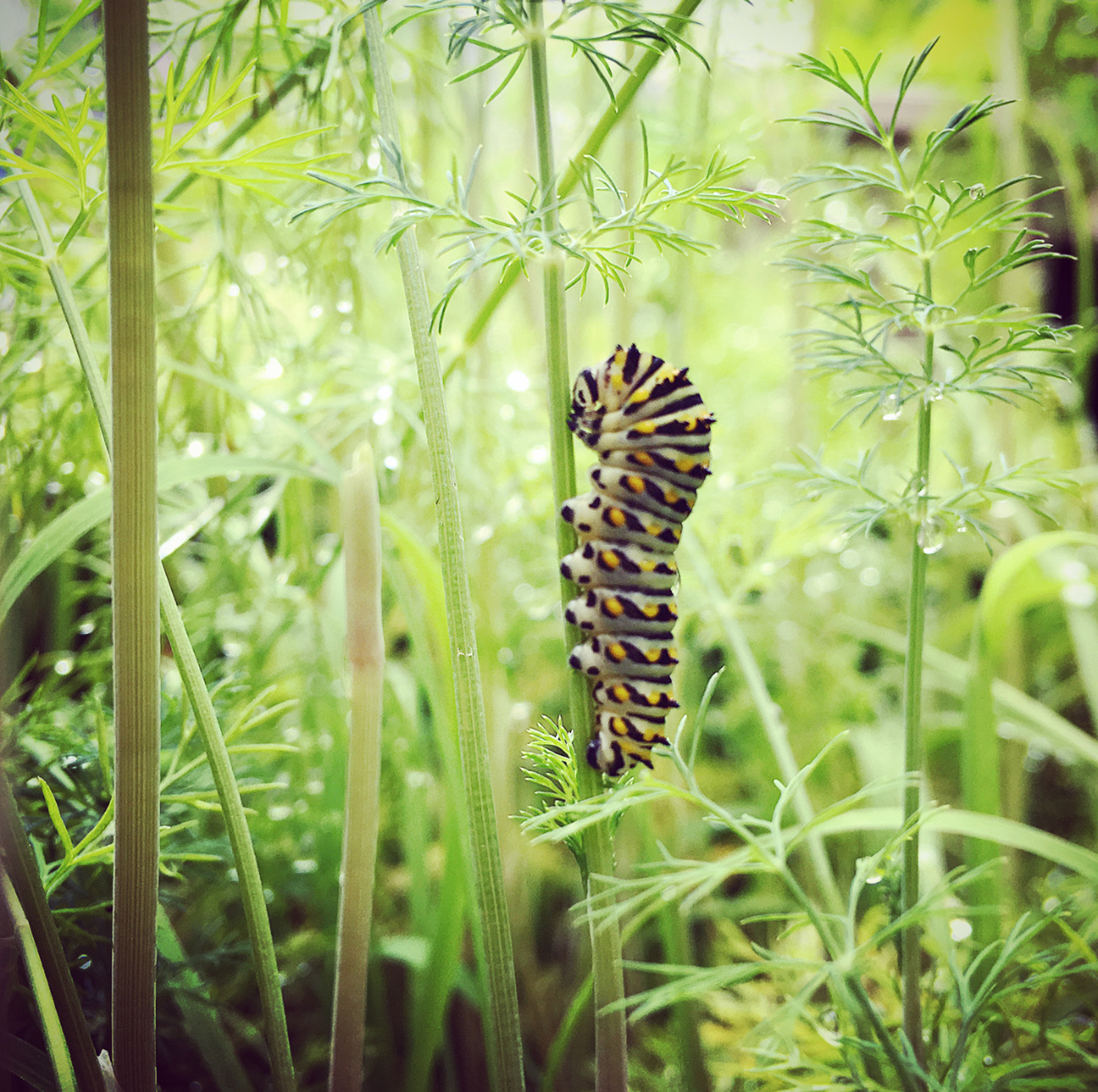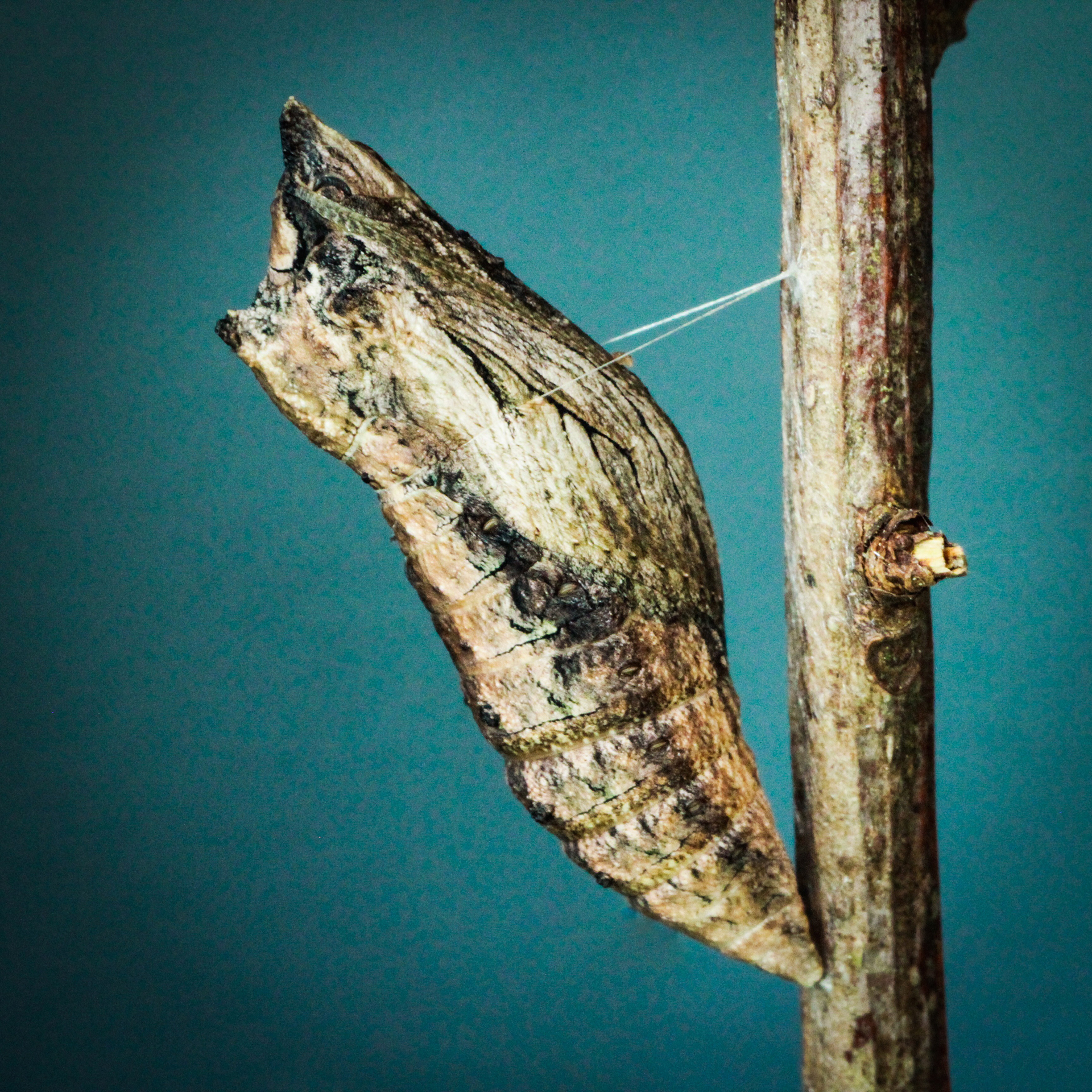The Real Butterfly Effect


Part V of a series on homesteading; growing and preserving your own food, raising animals for wool and milk, foraging, and more.
Imagine being a farmer, but every single year your crop disappears.
Now imagine that’s the plan.
Butterfly farmers in Suffolk County are a scarce but passionate crew, dedicated to protecting and proliferating the pollinators with the painted wings.
Butterflies “play an important role in pollinating flowers, particularly flowers that have a strong scent, are red or yellow in color, and produce a large amount of nectar,” reads the website sciencing.com. In fact, butterflies (and hummingbirds) can see the color red — which bees can’t do. Therefore, red and orange plants rely on butterflies to carry their nectar and pollen.
Ali Gogas of Swallowtail Farms in Mastic Beach explains why she got into farming butterflies and growing vegetables.
“I started growing veggies and herbs five years ago,” she said. “It’s very rewarding to eat something you’ve grown, so each year we’ve built additional beds so that we can grow more and more. One of the things I’ve learned is to grow the things you like to eat, and one of my favorite foods are dill pickles, so two seasons ago I decided to add in cucumbers and dill, and that’s where the butterflies come in.”
Dill is like crack to butterflies, apparently.
“I’m a lifelong animal lover and a former animal rescuer, so when I discovered the caterpillars on my dill plants, I needed to know more about them,” Gogas continued. “I didn’t mind them eating the dill. I was excited to have more pollinators in my gardens!”
As it turned out, the Eastern Black Swallowtail caterpillars were fun to watch. Apparently, not just for humans, as Gogas discovered that they were a delicacy savored by wasps.
“I decided to make more of an effort to keep them safe until the next stage of their development. I started moving the large caterpillars into a large bin covered with netting and placing dill cuttings in there for them to eat. I would move the chrysalises into another container to keep them safe until they emerged. It was really fun to document their life cycle, and the butterflies are beautiful,” she said.

A Swallowtail can overwinter in its chrysalis, Gogas explained. This past winter, she had over 40 in her shed.
“Six have emerged so far this spring, with hopefully many more to come as the weather gets warmer,” she said. This year, Gogas constructed a large bed solely for dill, and screened in a portion of it “for the caterpillars to eat and grow without being eaten by predators.”
Plus, butterflies symbolize change and growth, a fact not lost on those who farm them. “Sometimes we need to change ourselves before we can truly emerge,” Gogas said.
Monarchs, those orange and black beauties, are luckily making a comeback after an enormous dent in their population, but they are still long-distance migrators that need a place to rest and feed. Monarchs migrate from Canada and North America to Mexico during the winter, and luckily for them, there are official registered “Monarch Waystations” peppered throughout the country, including many on the East End.
Planting butterfly attractants, like milkweed, butterfly bush, and other plants — along with using natural products on your lawn and garden — can help those big butterflies continue to feed, grow, and pollinate.
According to Catherine Meinhold of Brookhaven, “I started raising Monarchs with my kids one summer after visiting a butterfly house. As I learned more I felt compelled to be part of the movement to save the species, and now I also raise them as part of my job as a children’s library assistant,” she said.
“I am perpetually fascinated by the transformation process and it brings me joy to fuss around my garden growing the right plants for them, searching for eggs and caterpillars, and releasing the butterflies, while playing a tiny part in education and conservation.”
For those who want to know more about what to plant to attract these beauties, www.monarchwatch.org offers helpful information, and locally there are registered Monarch Waystations at the Riverhead Free Library, the Eastern Campus of Suffolk County Community College in Riverhead, South Fork Natural History Museum in Bridgehampton, the East Hampton Historical Farm Museum, and the Ecological Culture Initiative in Hampton Bays, which can be visited and observed as the butterflies begin to emerge and fly.



